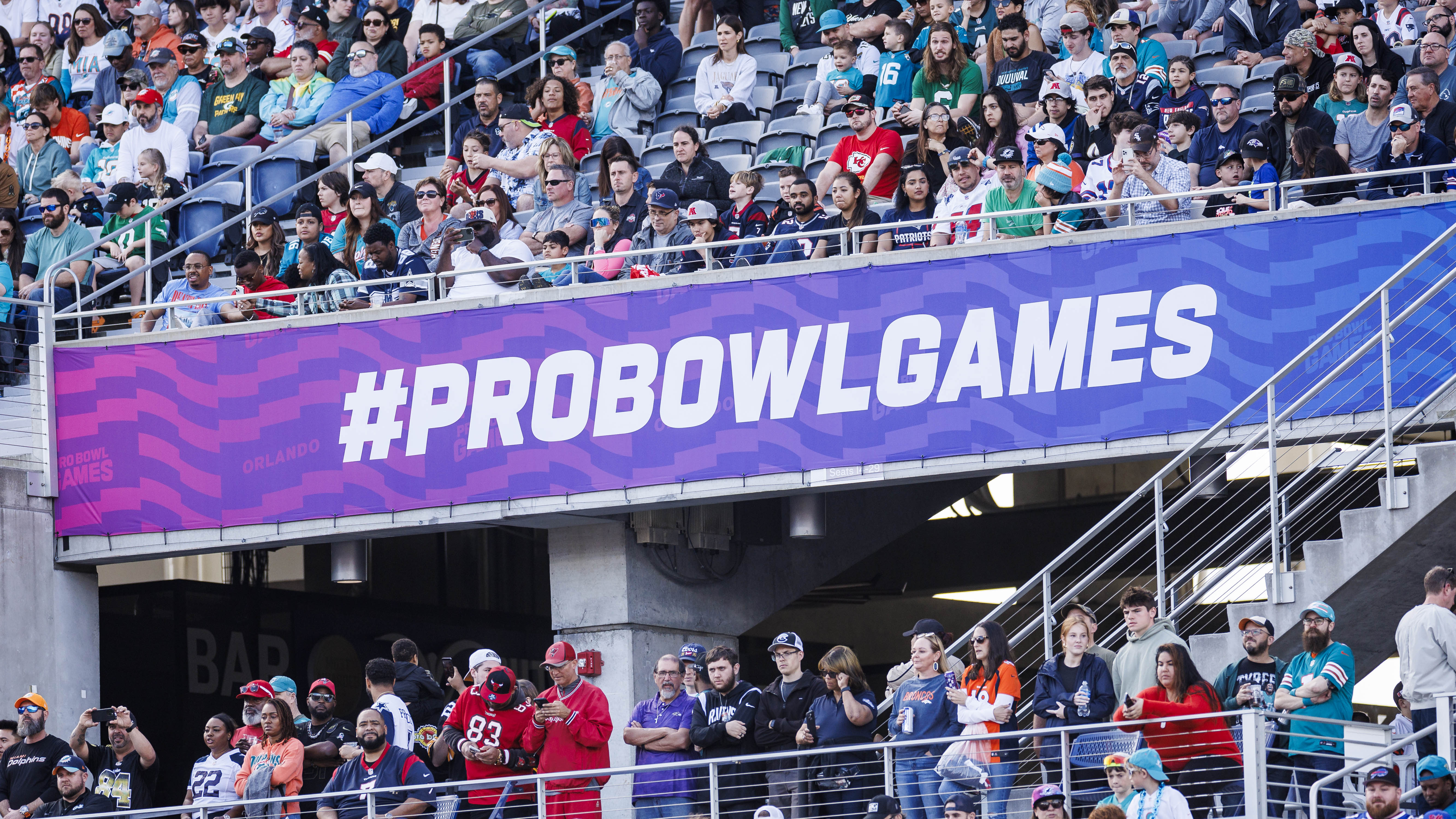America's Team is once again the NFL's most valuable team.
The Dallas Cowboys are No. 1 on CNBC's list of NFL valuations for 2024 at $11 billion, $3 billion more than any other franchise. It marks the first time an NFL franchise has been valued at more than $10 billion after the Cowboys were valued at a record-setting $9 billion in 2023.
The Los Angeles Rams ($8 billion) are second in CNBC's rankings, while the New England Patriots ($7.9 billion), New York Giants ($7.85 billion) and Las Vegas Raiders ($7.8 billion) round out the top five.
The rest of the top 10 is largely dominated by major U.S. markets with the San Francisco 49ers ($7.4 billion), New York Jets ($7.35 billion), Miami Dolphins ($7.1 billion), Philadelphia Eagles ($7 billion) and Chicago Bears ($6.4 billion).
All 32 NFL teams are valued at more than $5 billion. The Cincinnati Bengals have the lowest valuation in the league at $5.25 billion, a significant jump from the team's $3.5 billion valuation in 2023.
In all, the average value of an NFL franchise today is $6.49 billion.
NFL
Mike Ozanian, formerly of Forbes and now a senior sports reporter for CNBC, said the process for determining a team's value goes well beyond winning and losing on the field.
"The CNBC NFL valuation list is determined by gathering information that will allow us to put together a huge, huge financial puzzle," Ozanian said in an exclusive interview. "What we have to do is figure out what the revenue is for every team, what the operating expenses are for every team, to figure out what the EBITDAI is for every team. And then once we do that, we can then go ahead and look at which teams have the most revenue, because it's revenue that determines team value because teams are bought and sold on multiples of revenue."
Get a weekly recap of the latest San Francisco Bay Area housing news. >Sign up for NBC Bay Area’s Housing Deconstructed newsletter.
About 65% of all NFL revenue is shared equally among the 32 franchises. To separate from the pack, Ozanian says "entrepreneurial" teams that do the best job of bringing in non-shared revenue stand out.
"Doesn't matter if you lose every game on the field, whether you go to the Super Bowl, whether you're in a tiny market like Buffalo or Green Bay or in a big market like New York and Chicago -- everybody gets an even slice of that, which is going to be about $357 million in 2024 per team," Ozanian said of the NFL's split revenue. "So what determines the pecking order in value, how these teams are ranked is who does the best job of getting revenue that's not shared equally. And that's typically revenue from stadium sponsorships, stadium advertising, those very fancy luxury suites, other forms of hospitality have at your stadium."
Ozanian said when it comes to the Cowboys -- like Texas -- everything is bigger, and it all traces back to when owner Jerry Jones first bought the team.
Jones saw that Visa and Coca-Cola were league-wide sponsors and made deals with their rivals, American Express and Pepsi, as a window for those companies to get into the NFL marketplace. While Jones got in some "hot water" for working alongside non-league partners, he ultimately prevailed and provided a blueprint for sponsorship deals that helped propel the Cowboys to become the league's most valuable franchise.
"That was the start of this great, great, vision that Jerry had that the NFL in general, and particularly the Dallas Cowboys," Ozanian said. "It's with the sponsorships that he really, really took the NFL to another level."
Ozanian also noted differences between teams that not only share local markets, but the same stadium.
The Rams sit at No. 2, while the Los Angeles Chargers are at No. 26 ($5.83 billion) despite both teams playing their home games at SoFi Stadium. Over in East Rutherford, New Jersey, the Giants are three spots and $500 million above the Jets.
As Ozanian points out, the L.A. discrepancy comes from ownership. Rams owner Stan Kroenke financed SoFi Stadium, giving the Rams an 85/15 split of stadium revenue over the Chargers.
"The Rams, basically, are the landlords, and the Chargers are the tenants," Ozanian said.
The Giants and Jets, meanwhile, have a 50/50 partnership with their stadium.
"The Giants and the Jets, unlike say the Rams and the Chargers, split the operation of MetLife Stadium," Ozanian said. "They don't own it, but they co-operate it. So, in other words, the revenues and expenses for all the non-NFL events that are held there are evenly split among the two."



